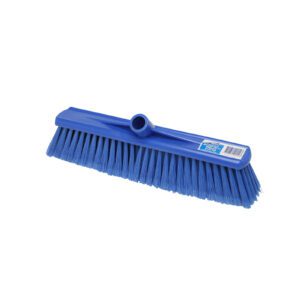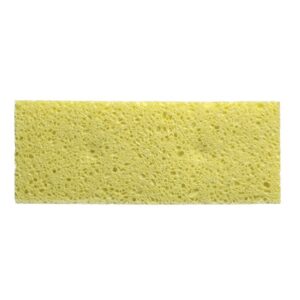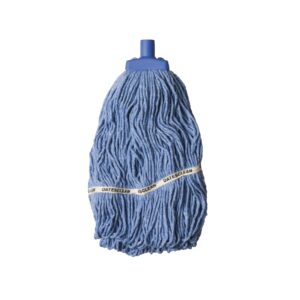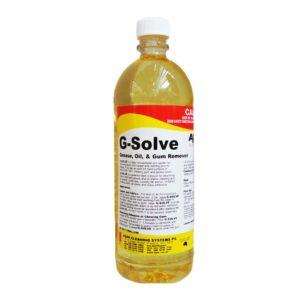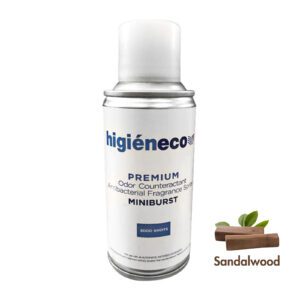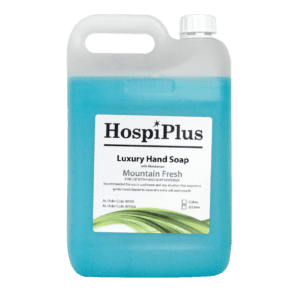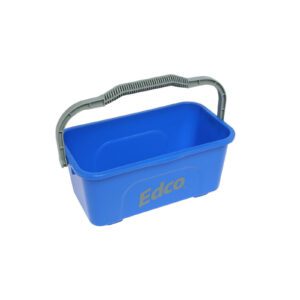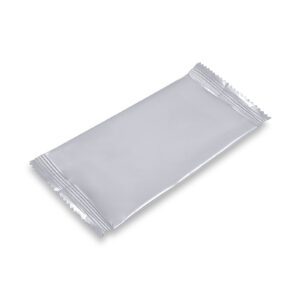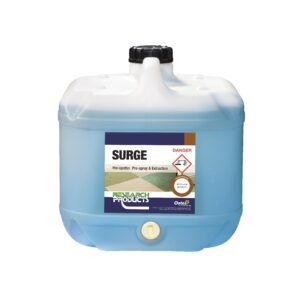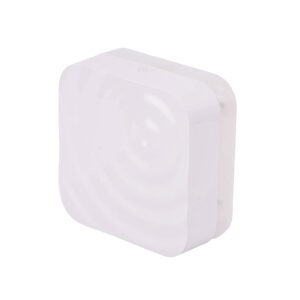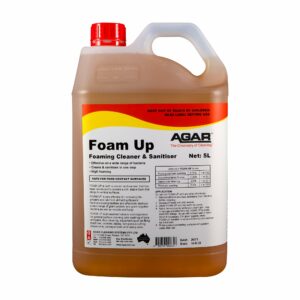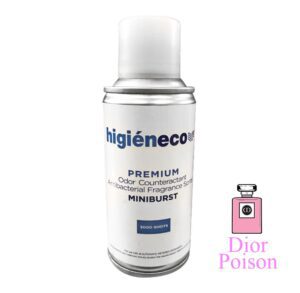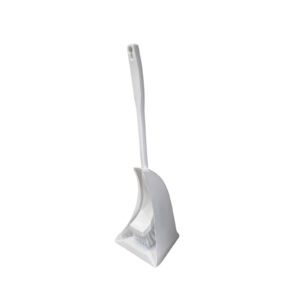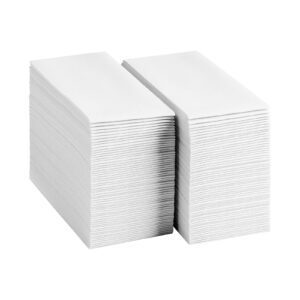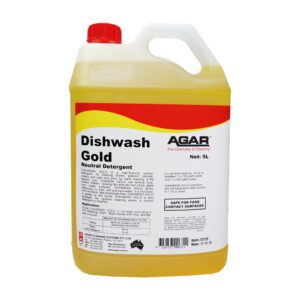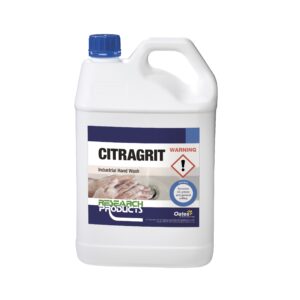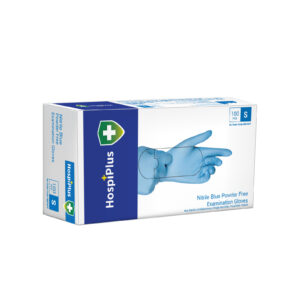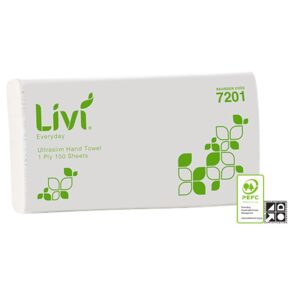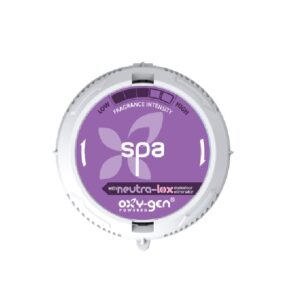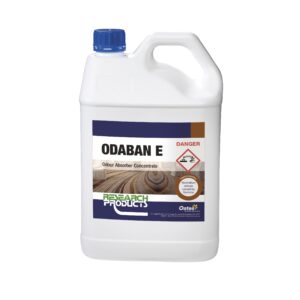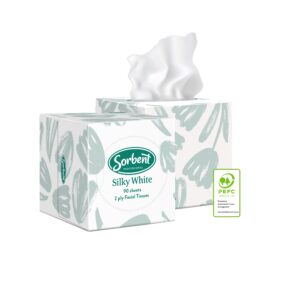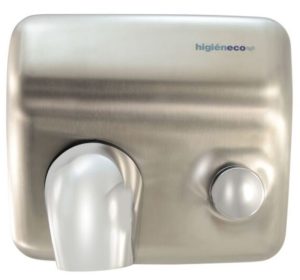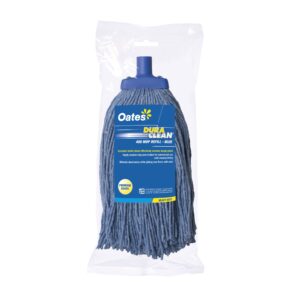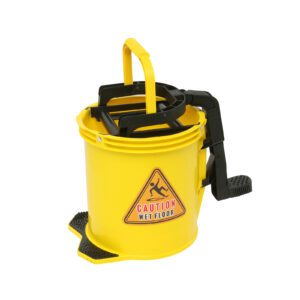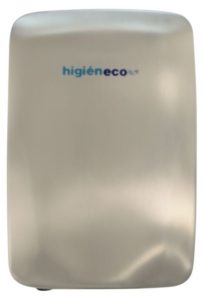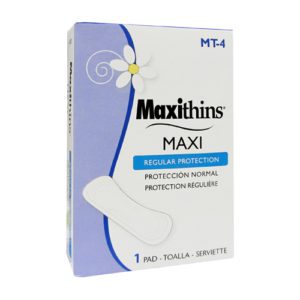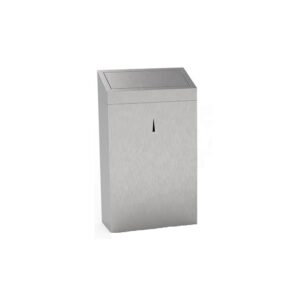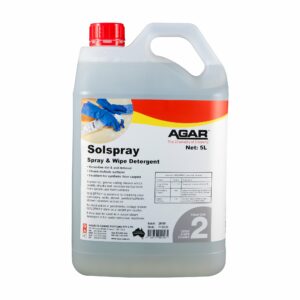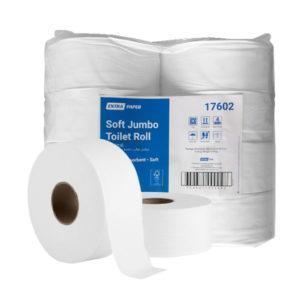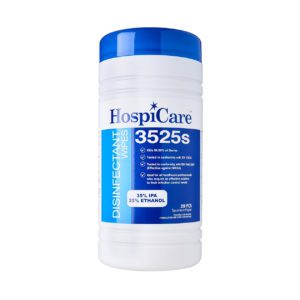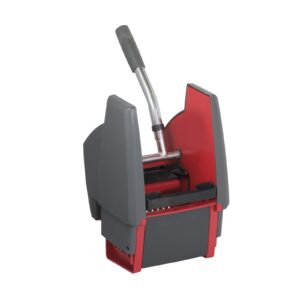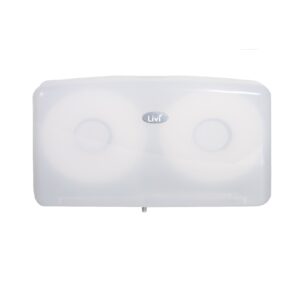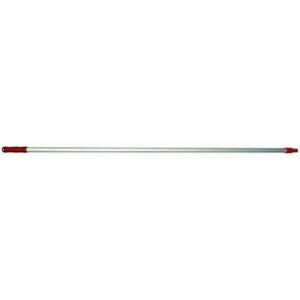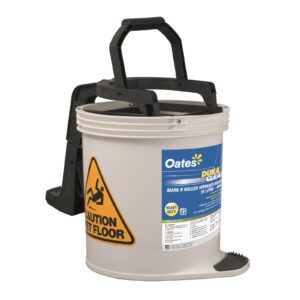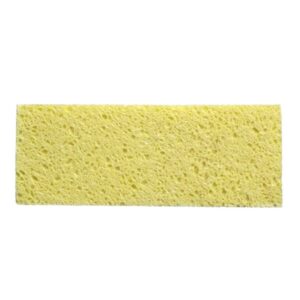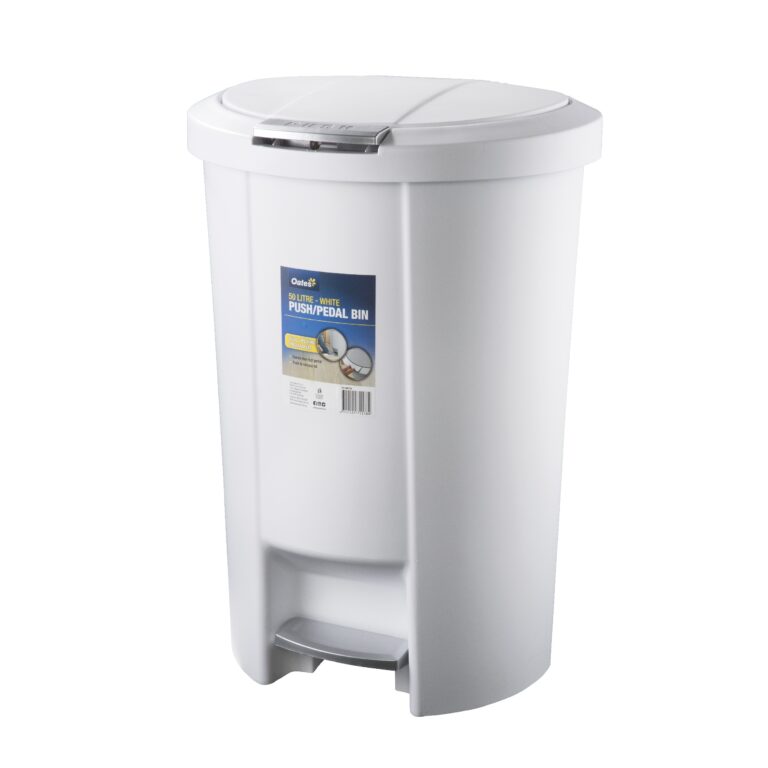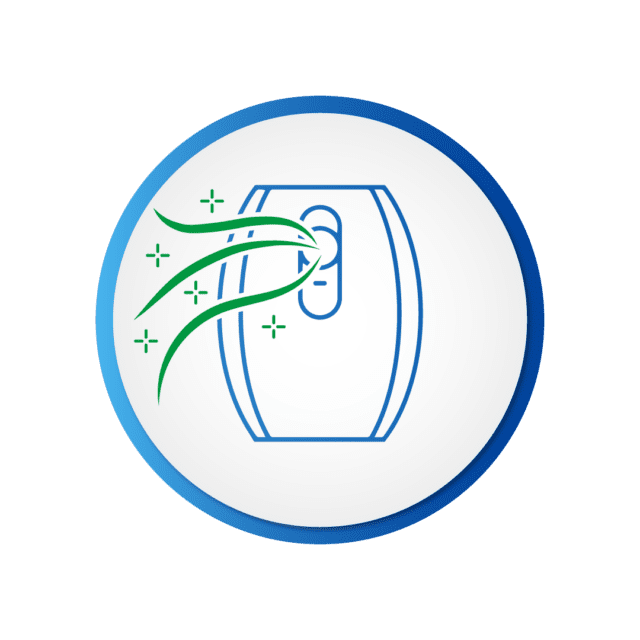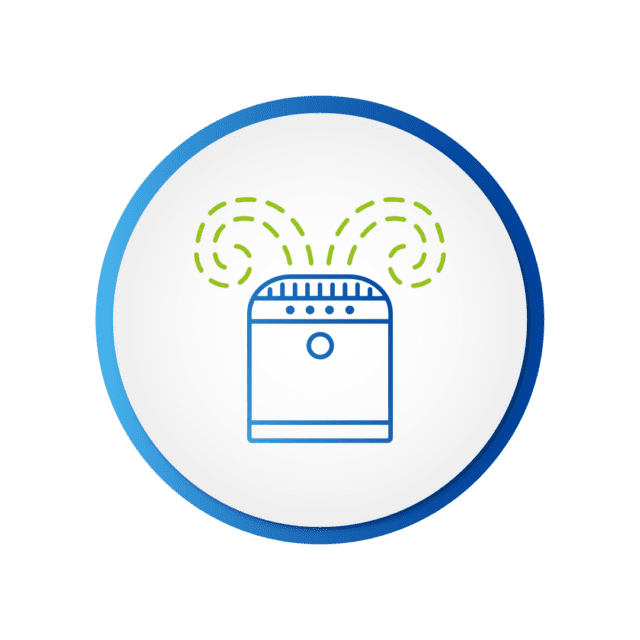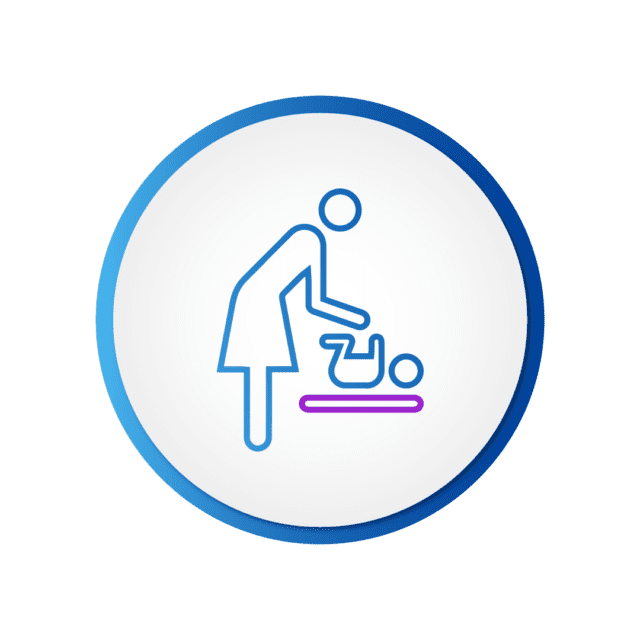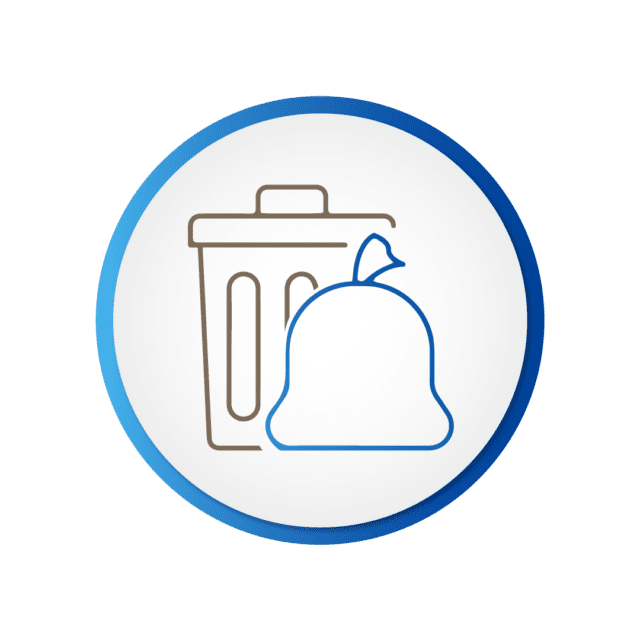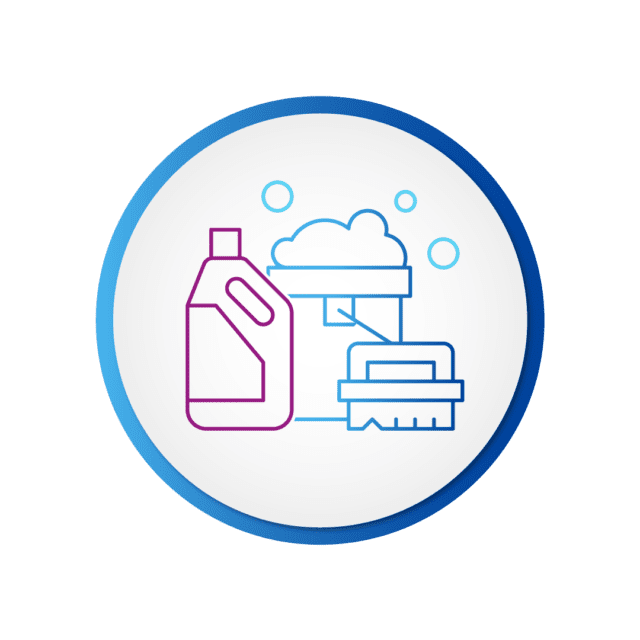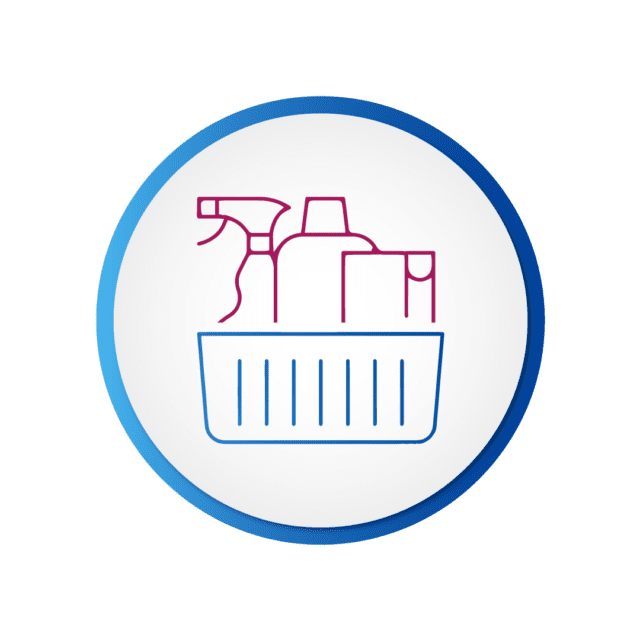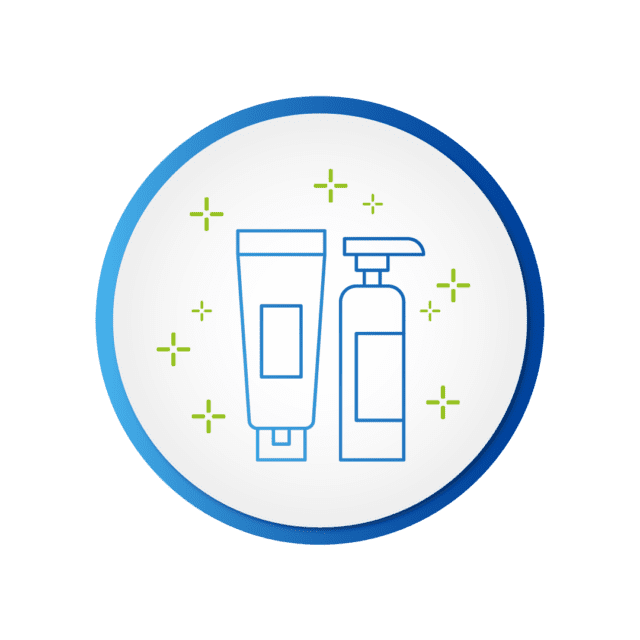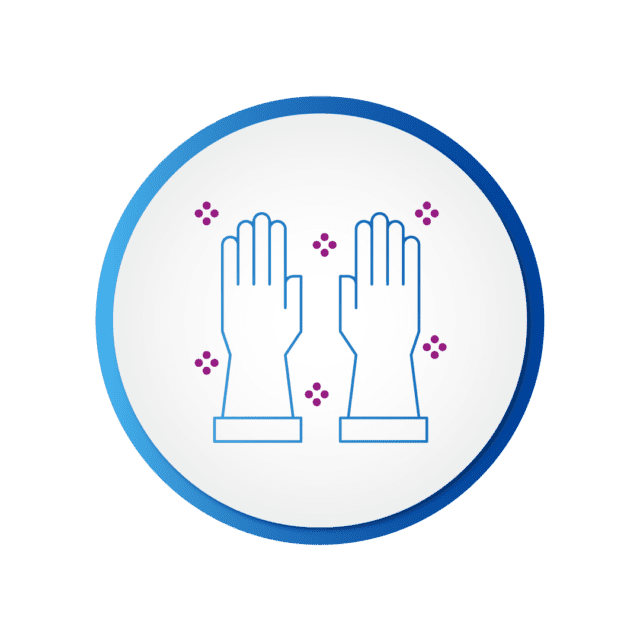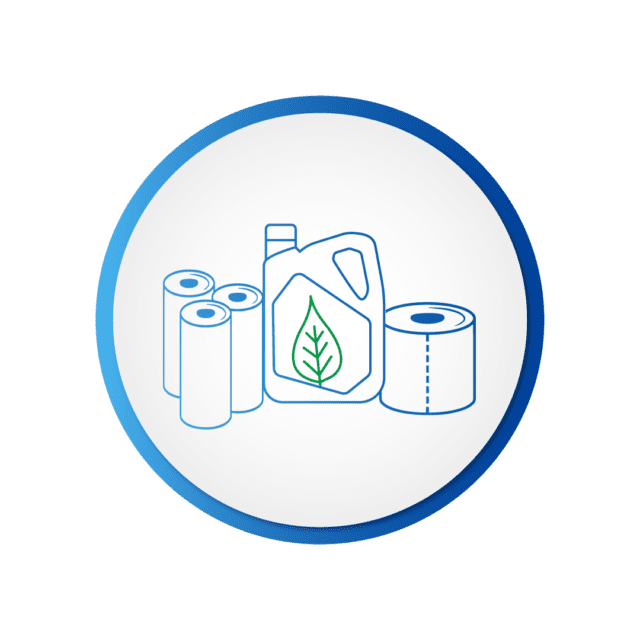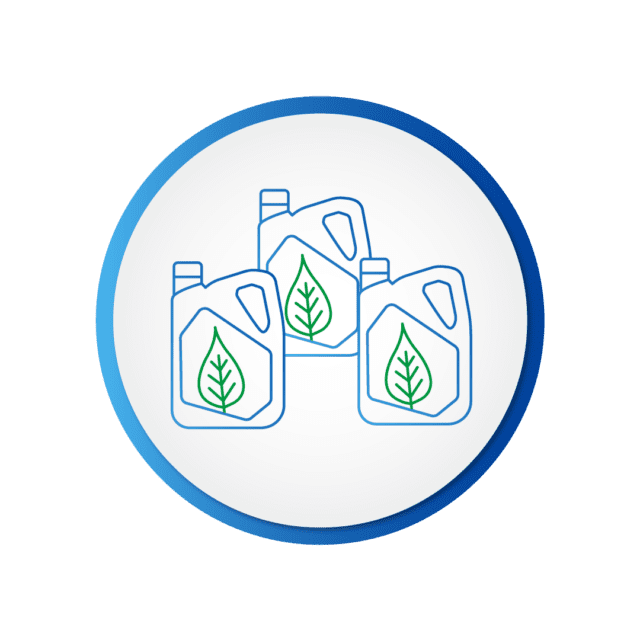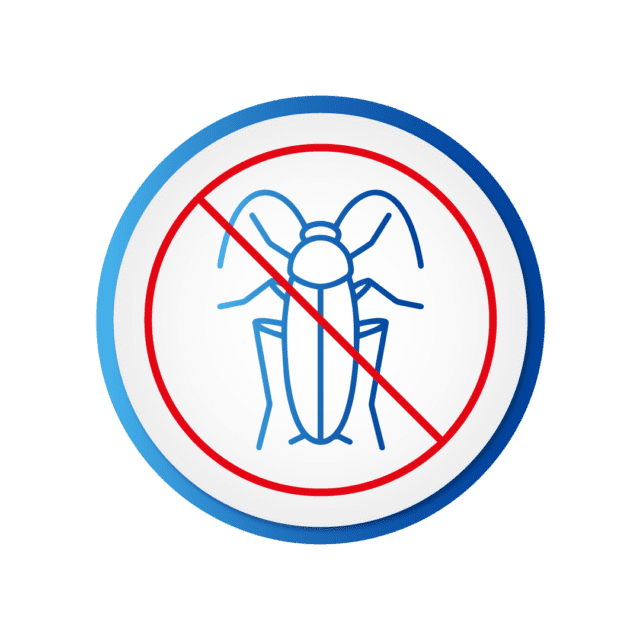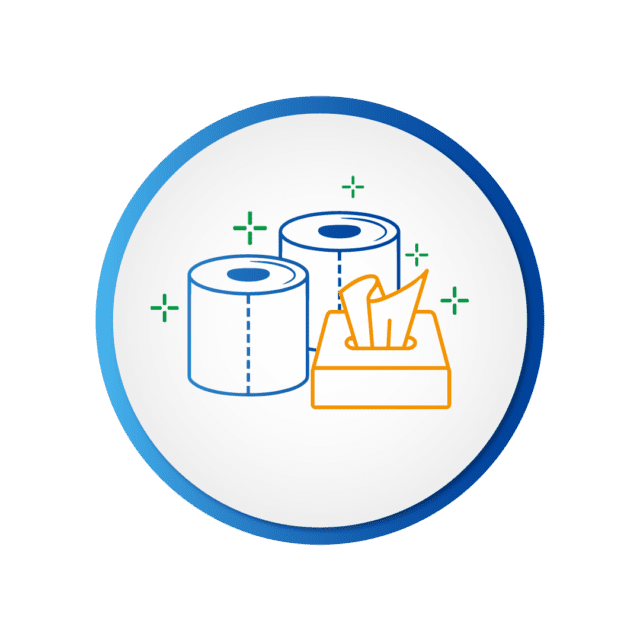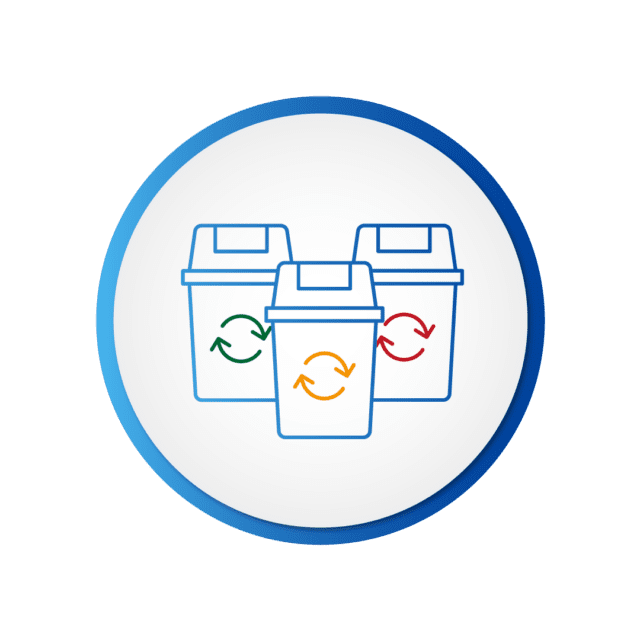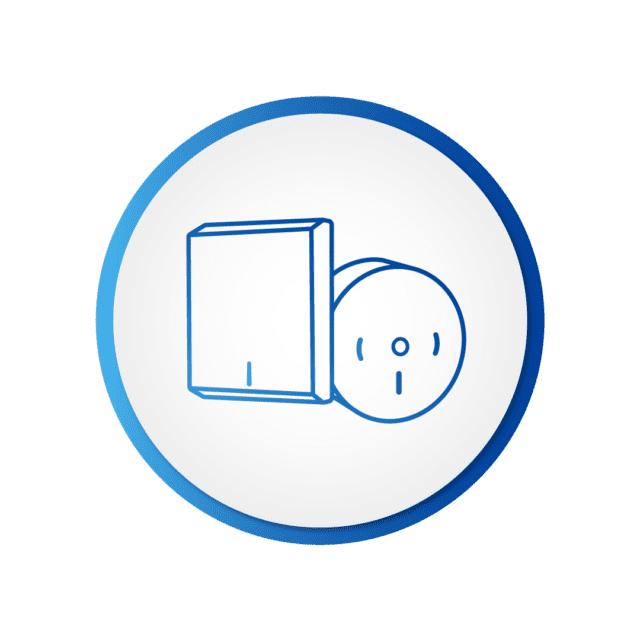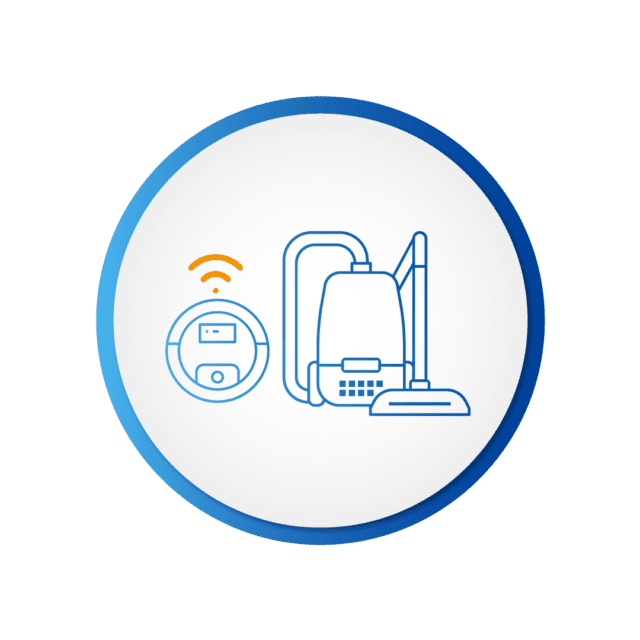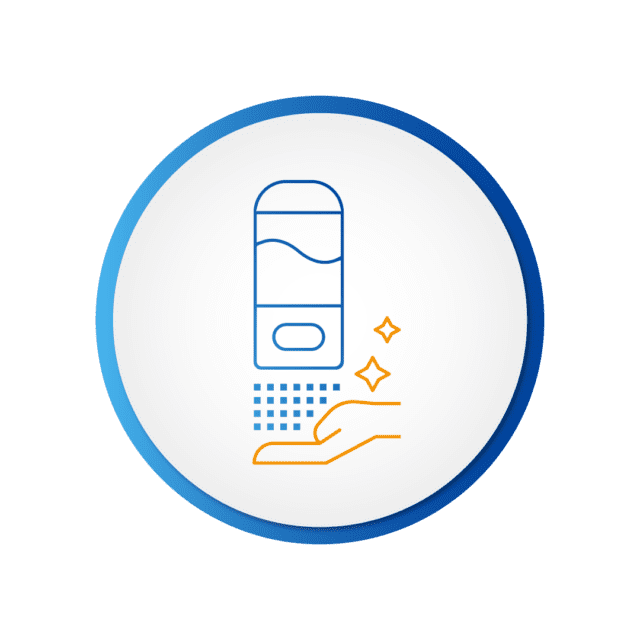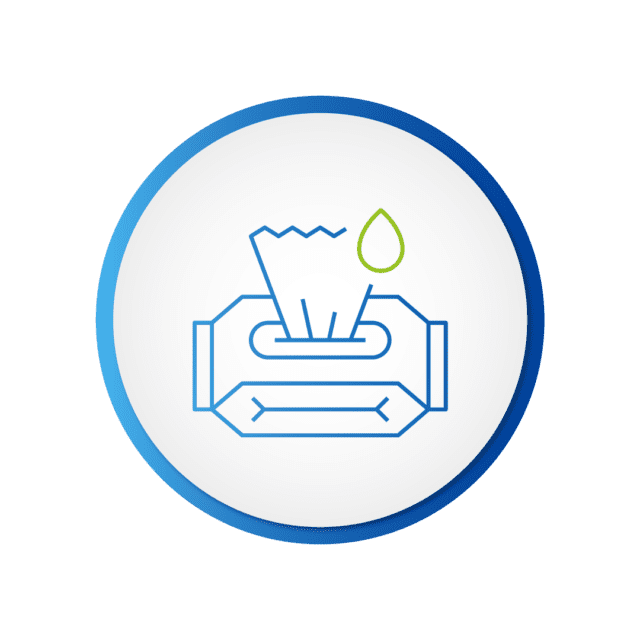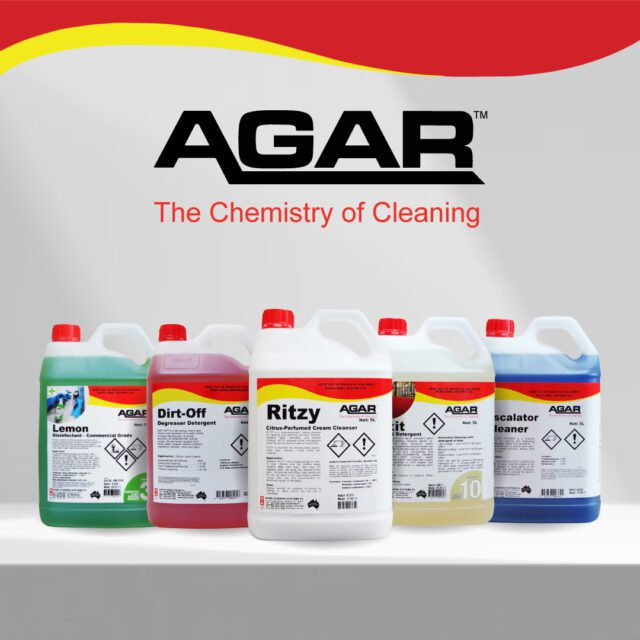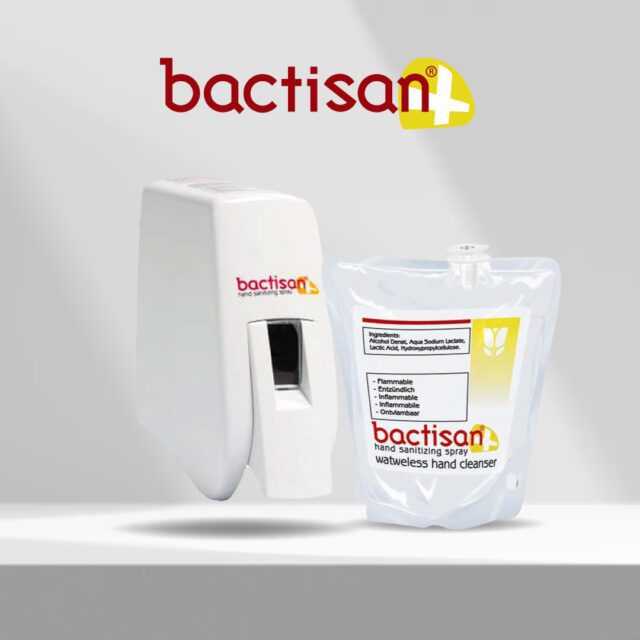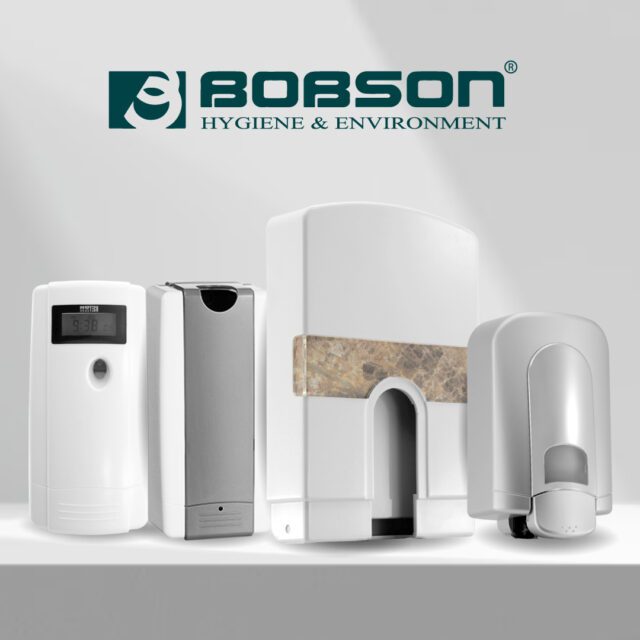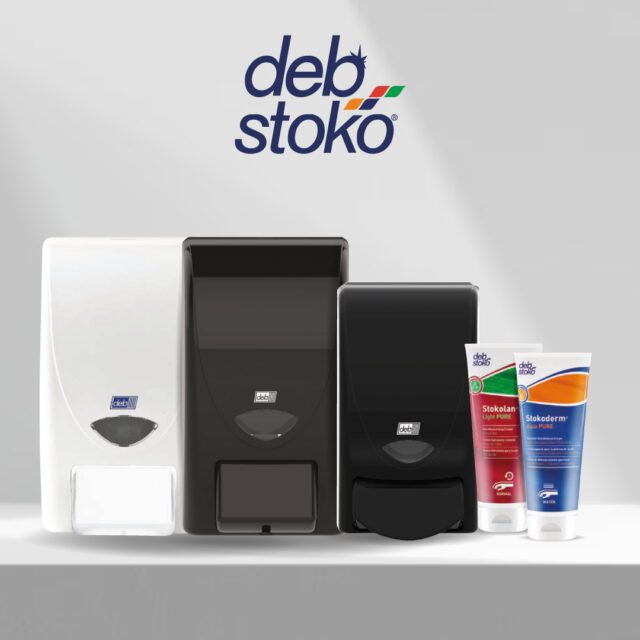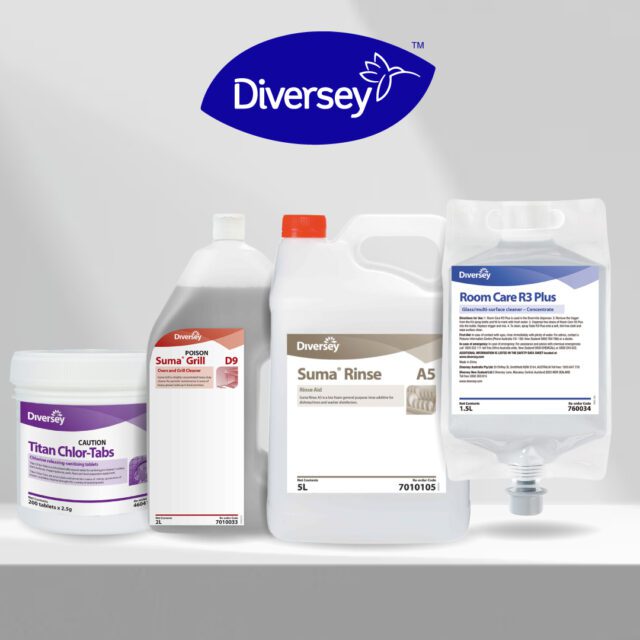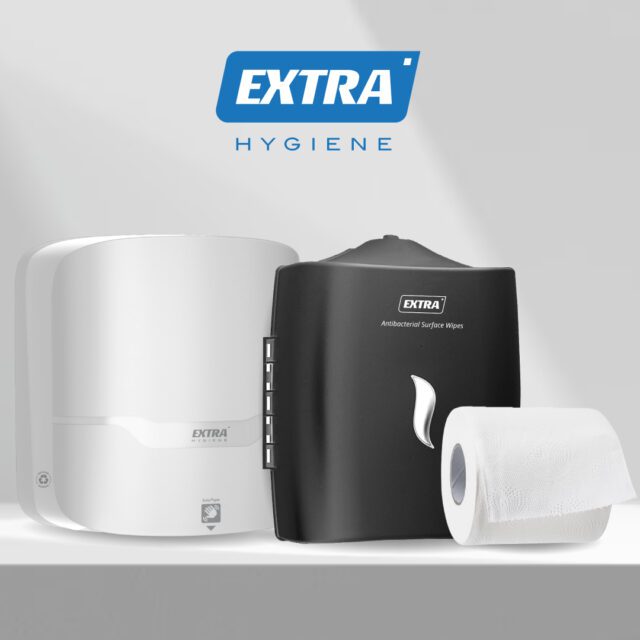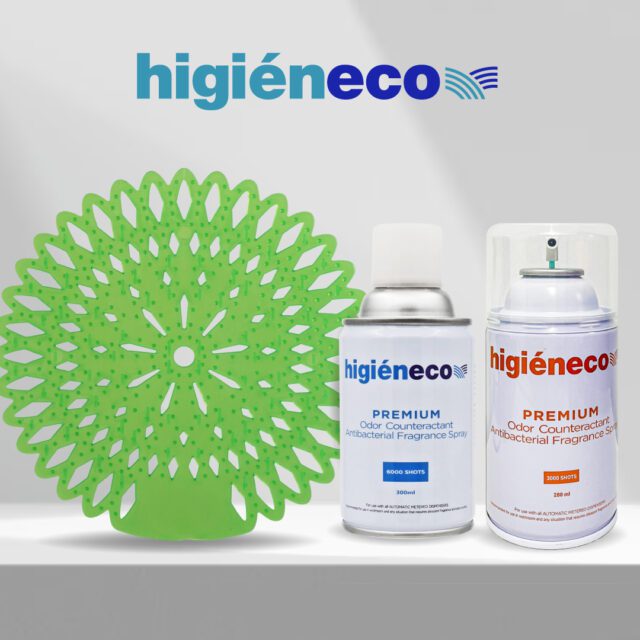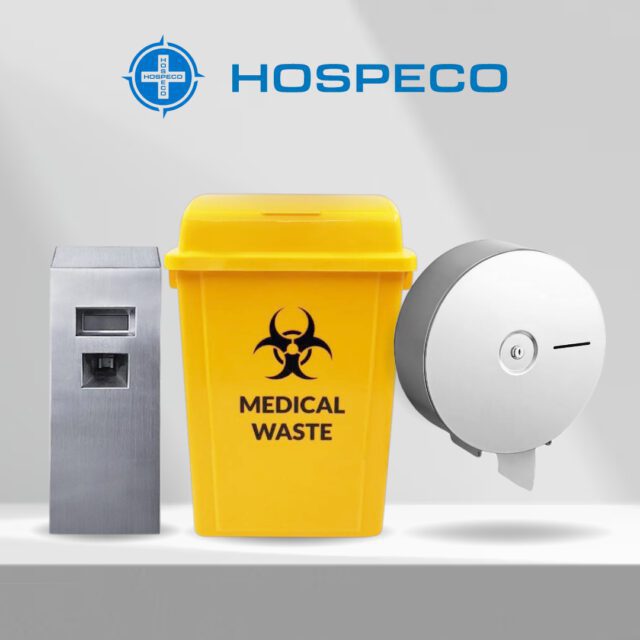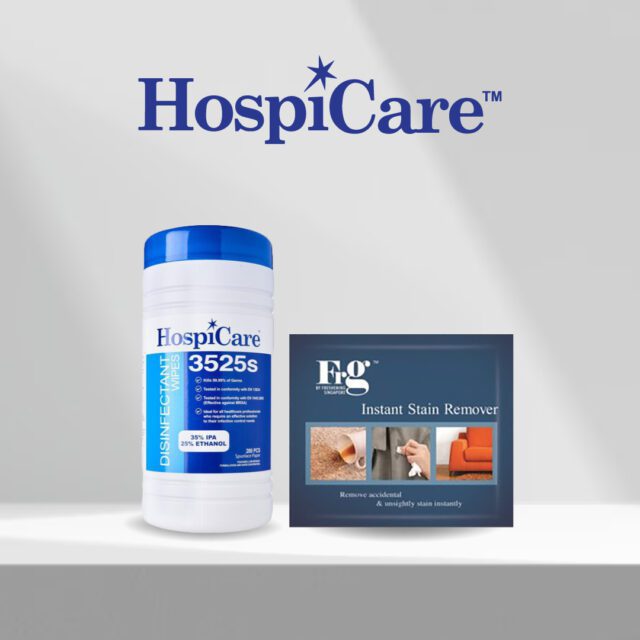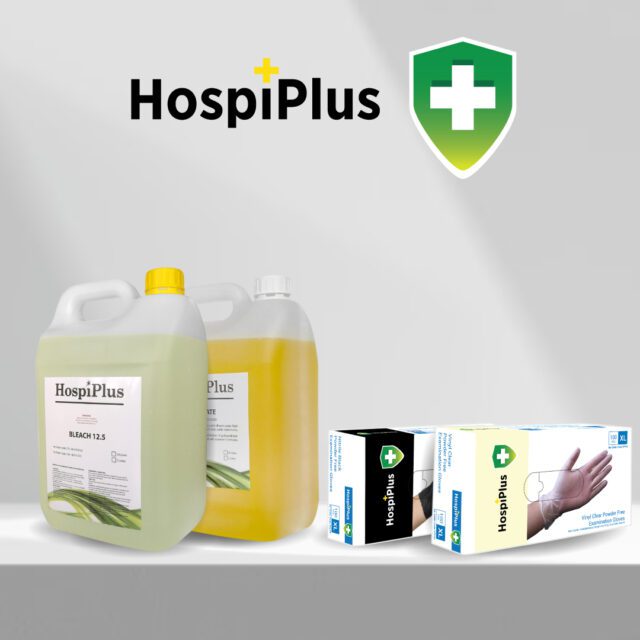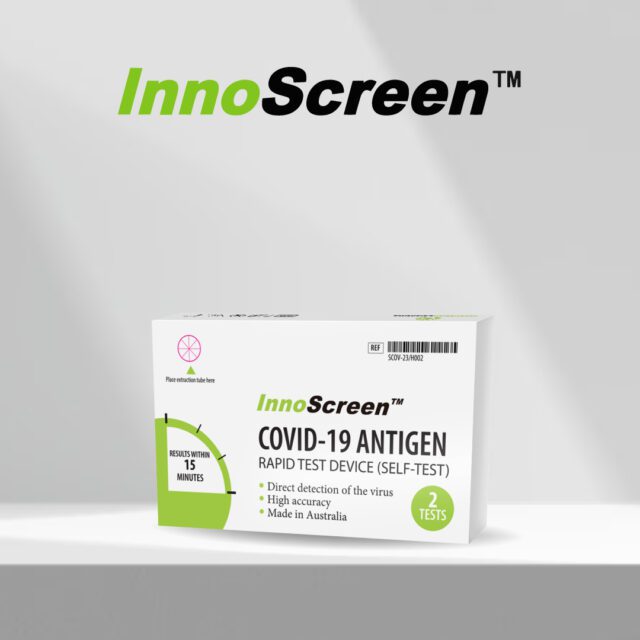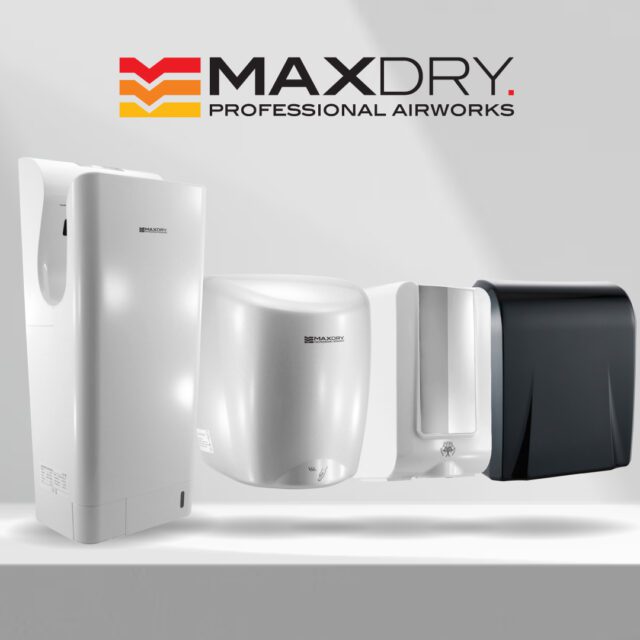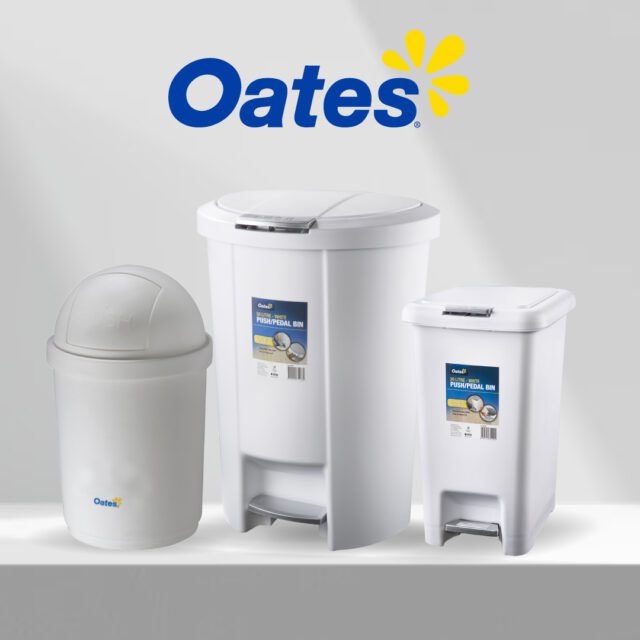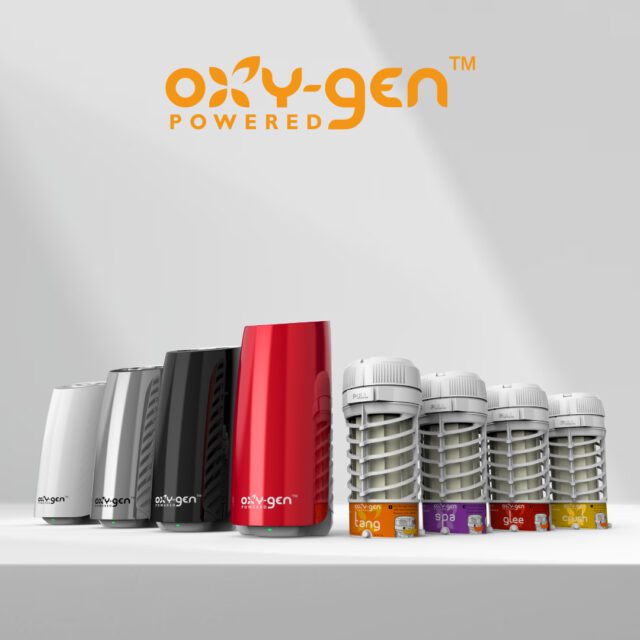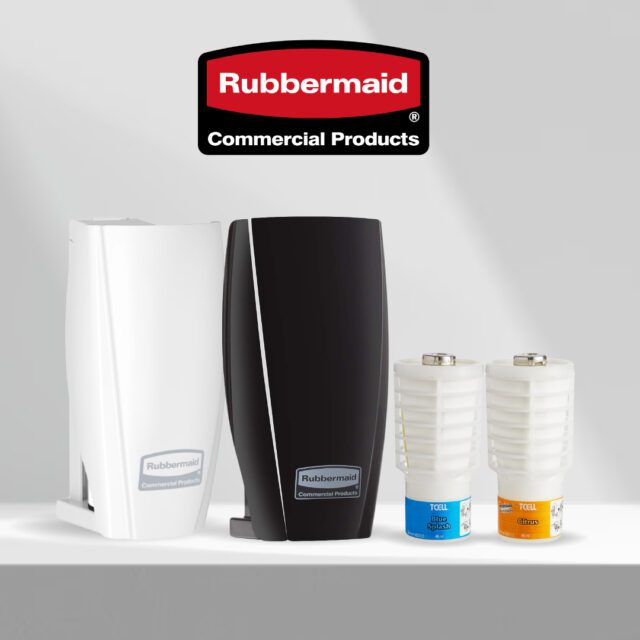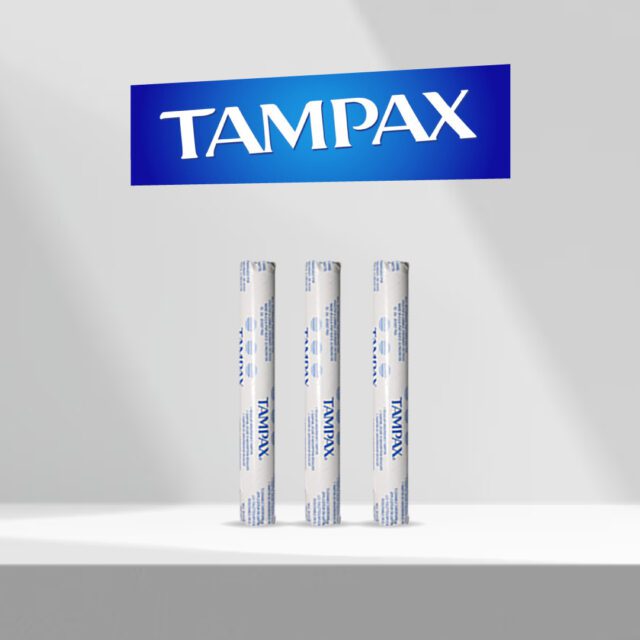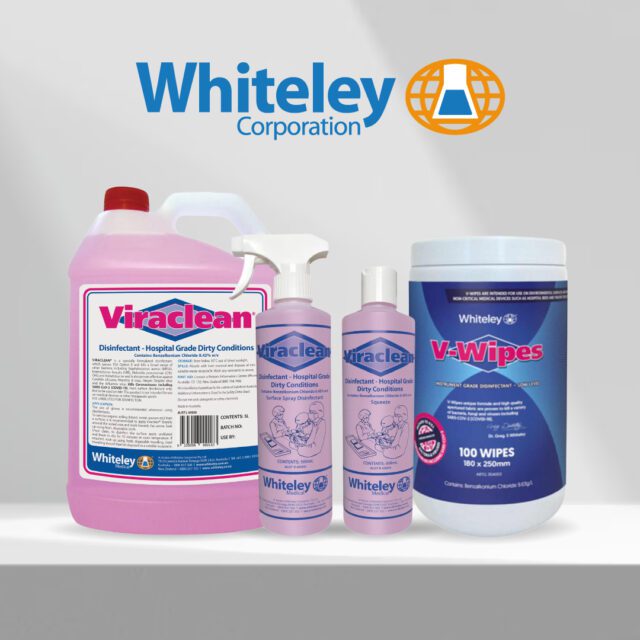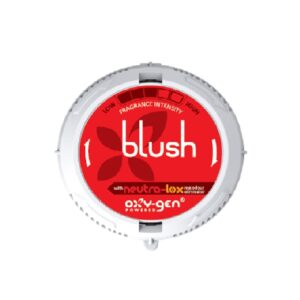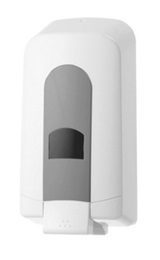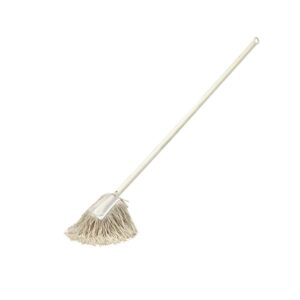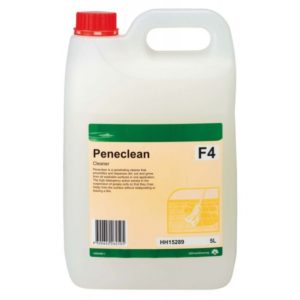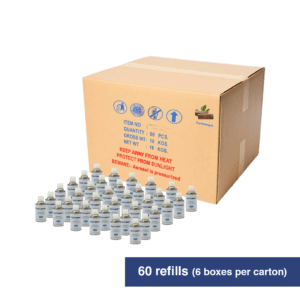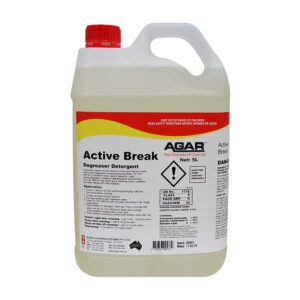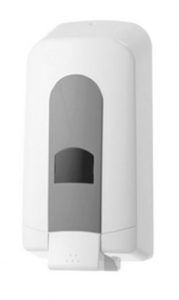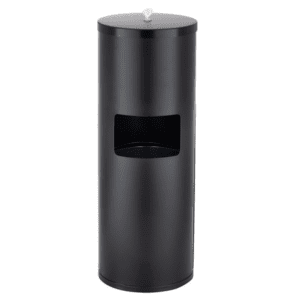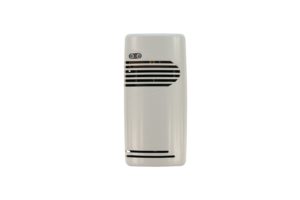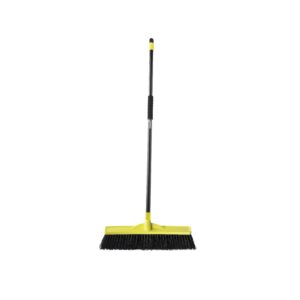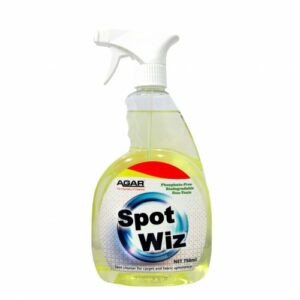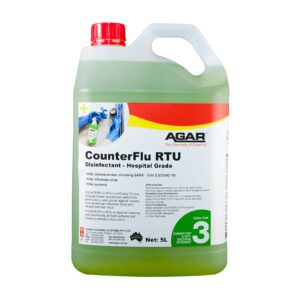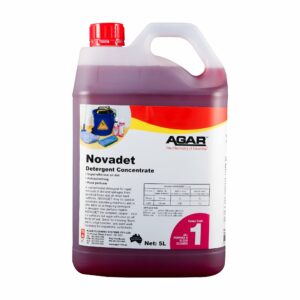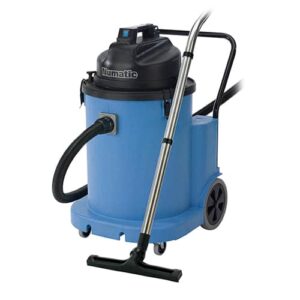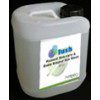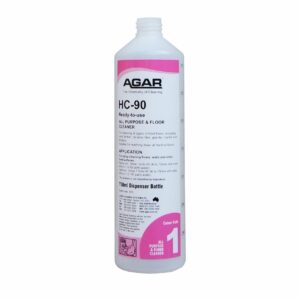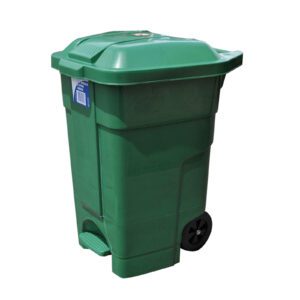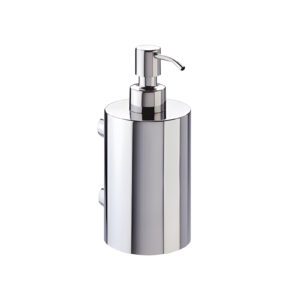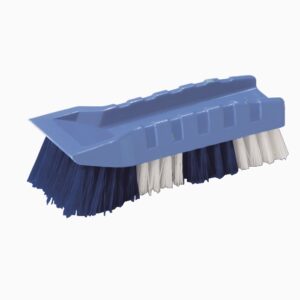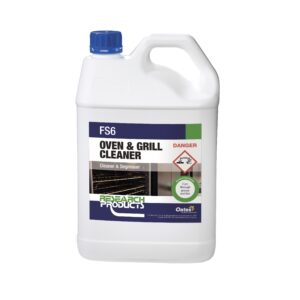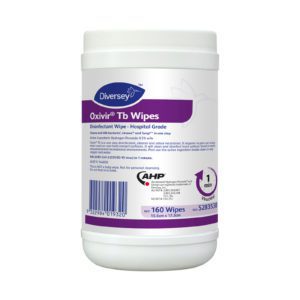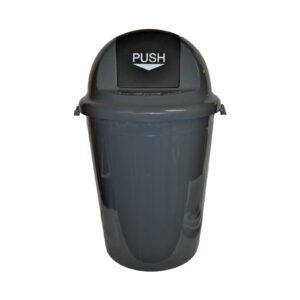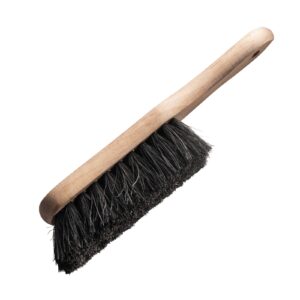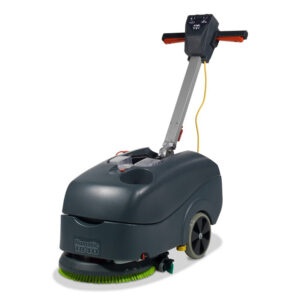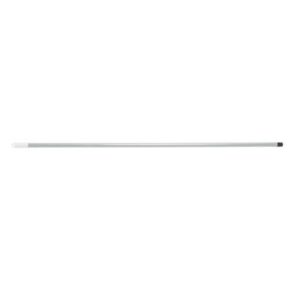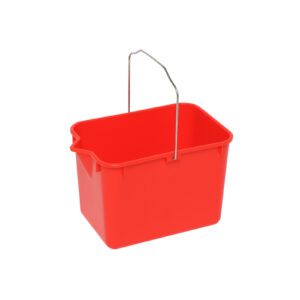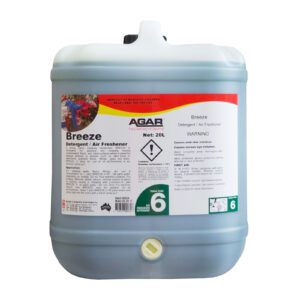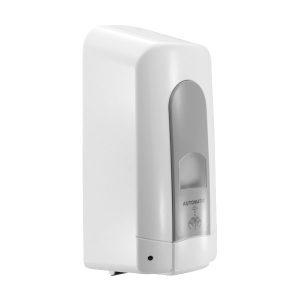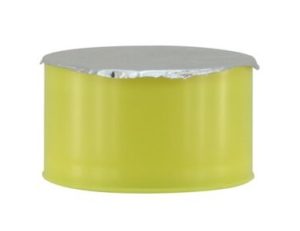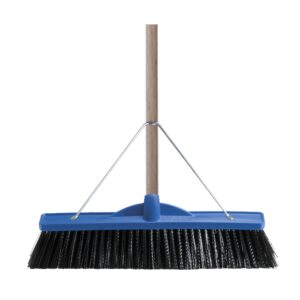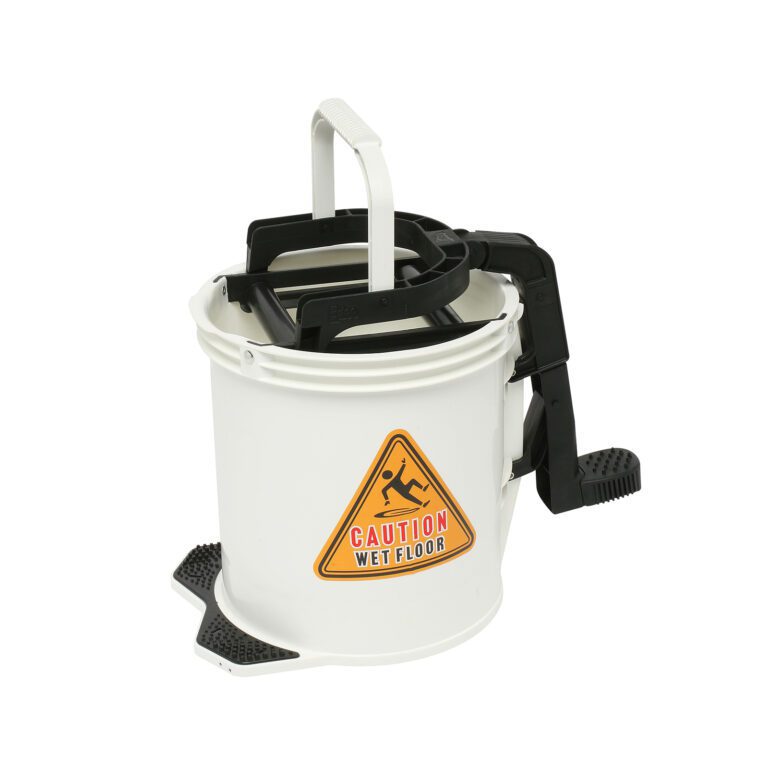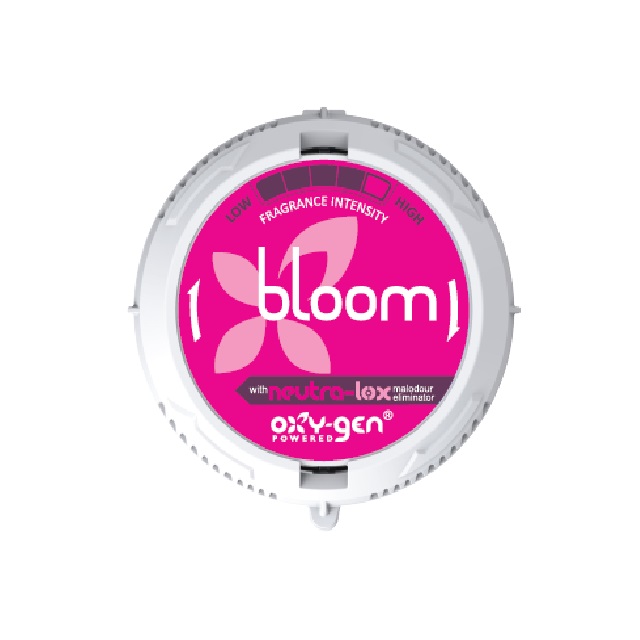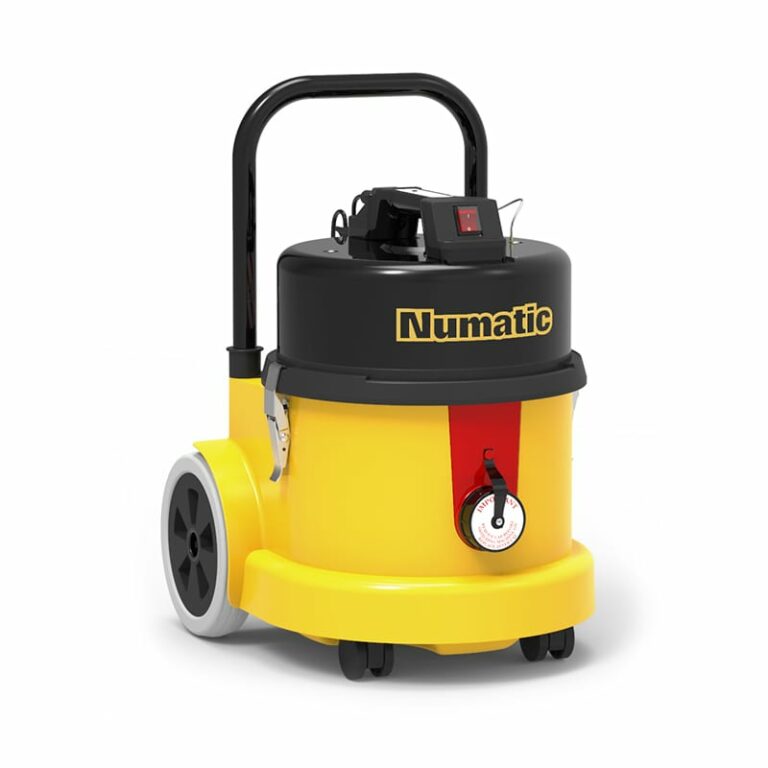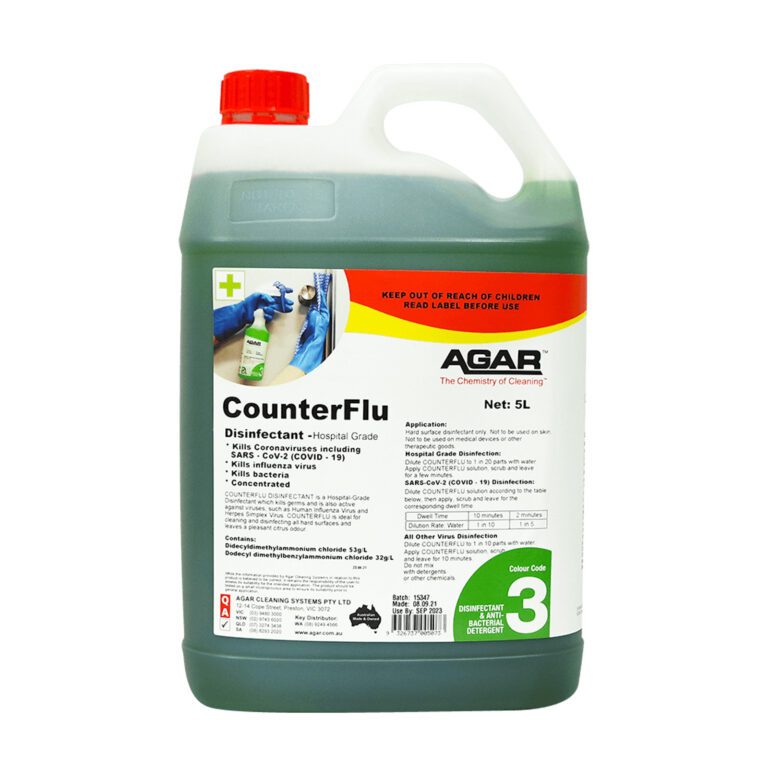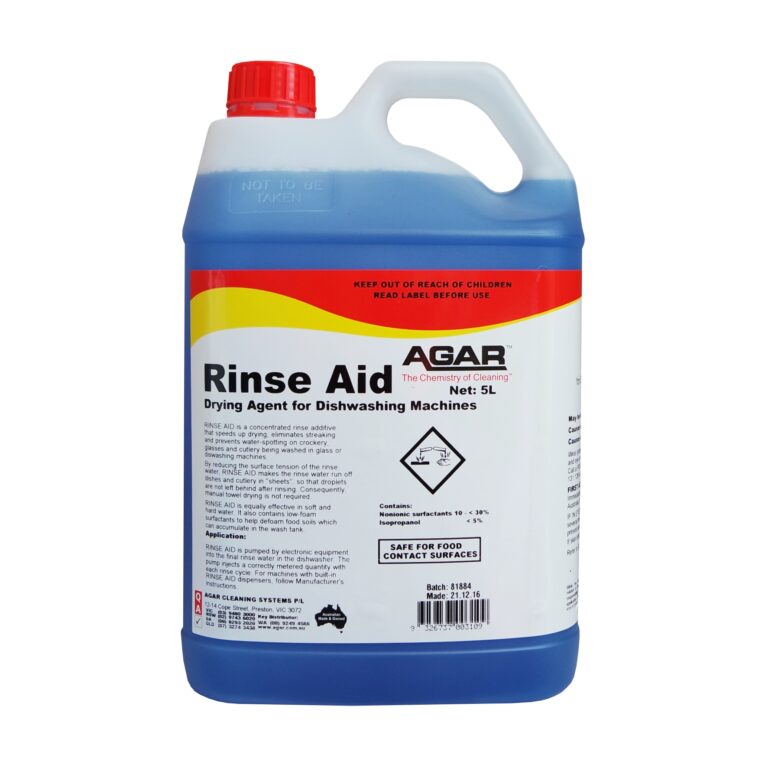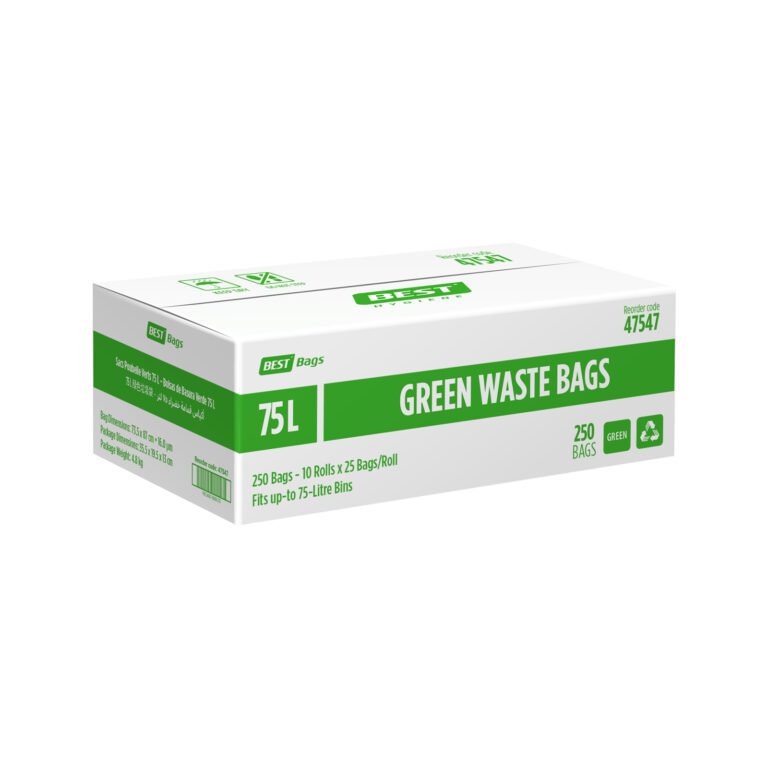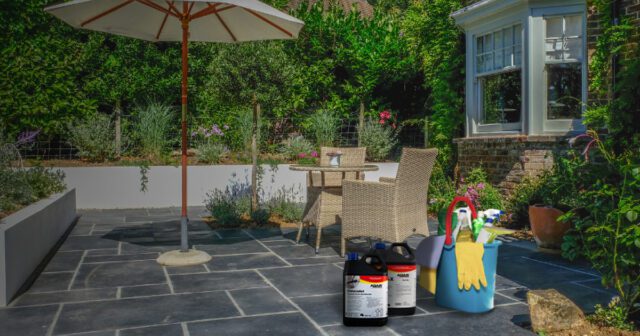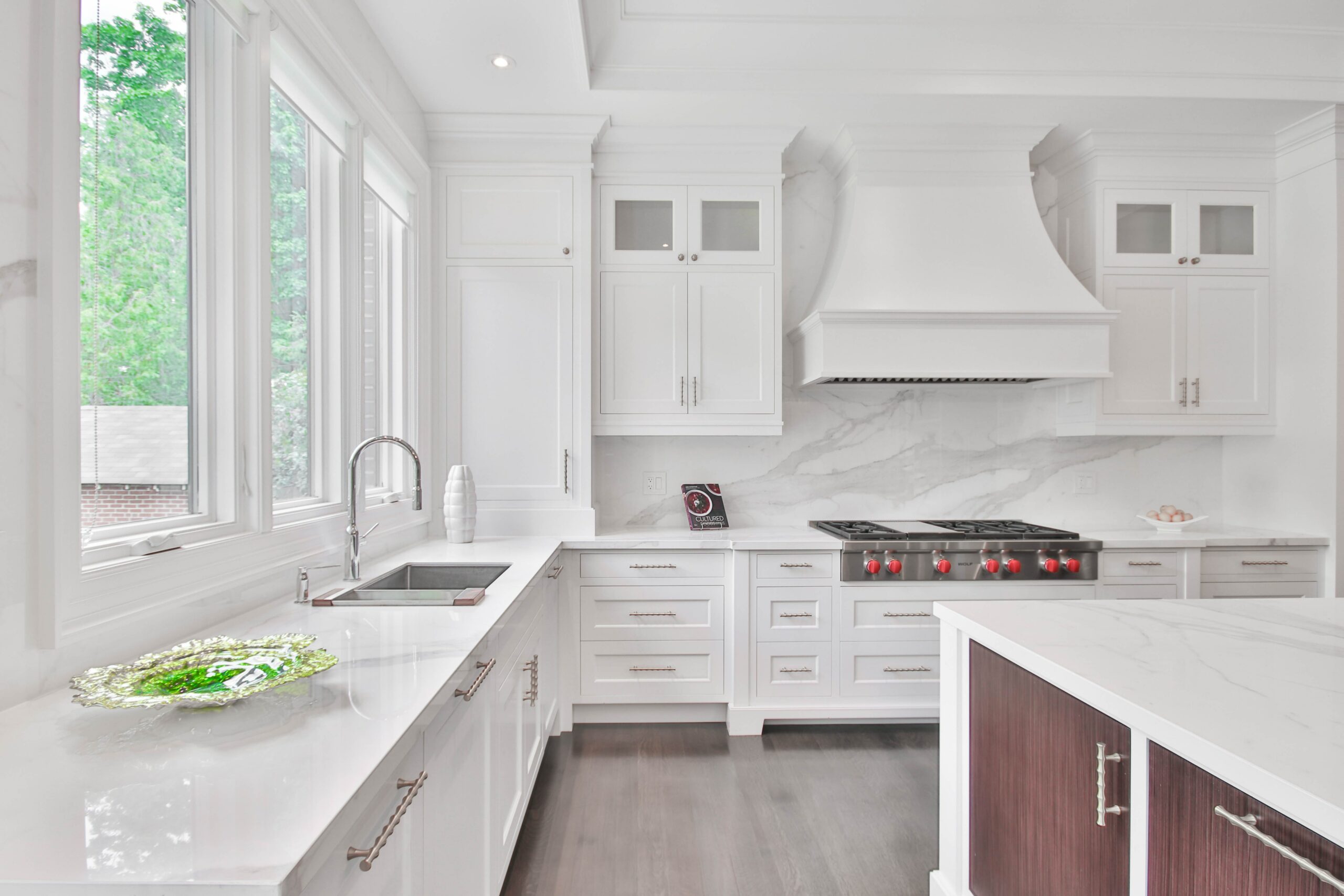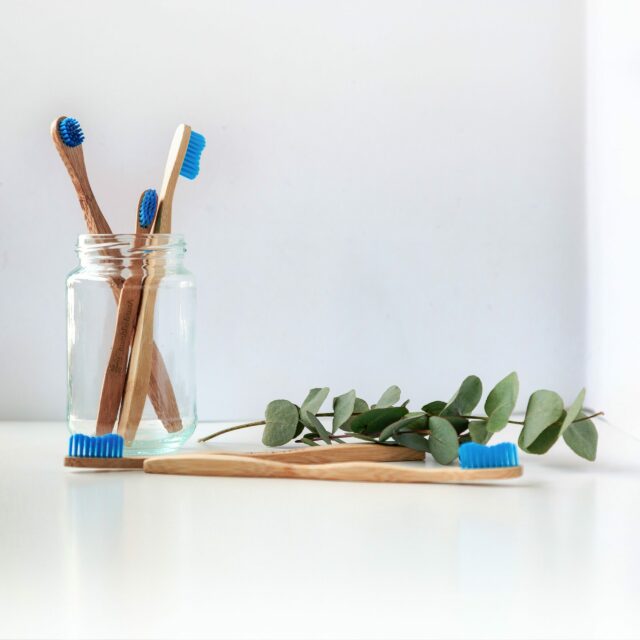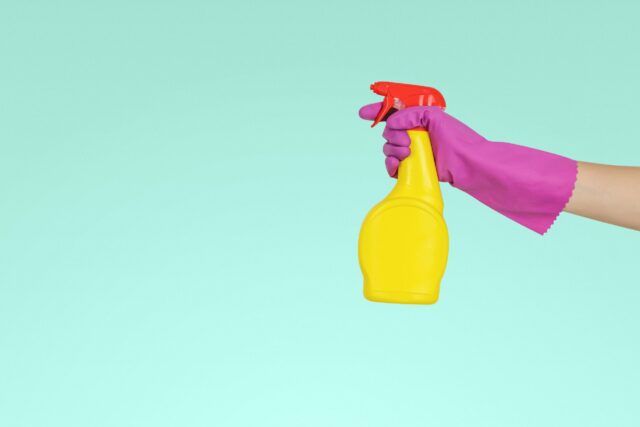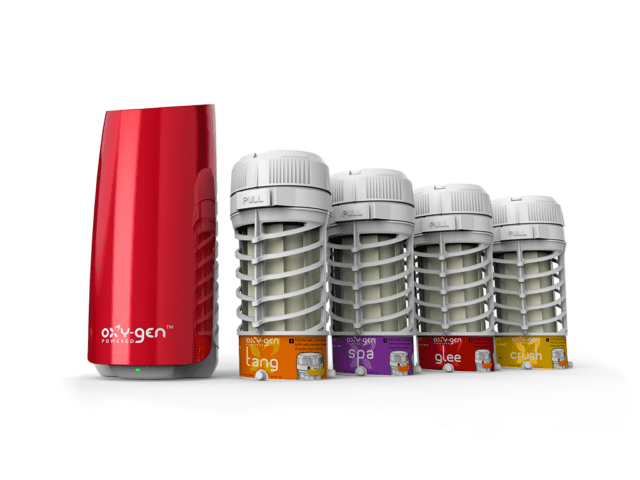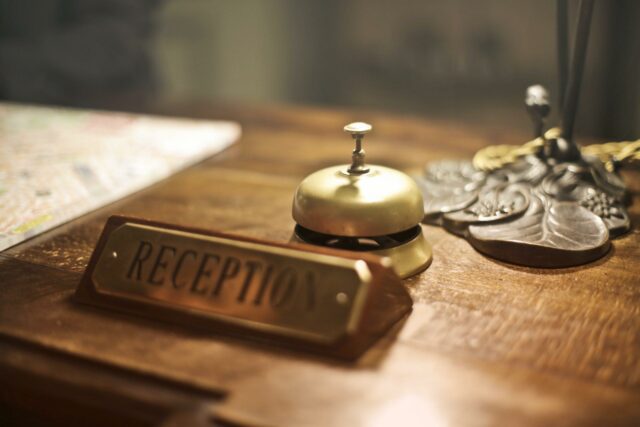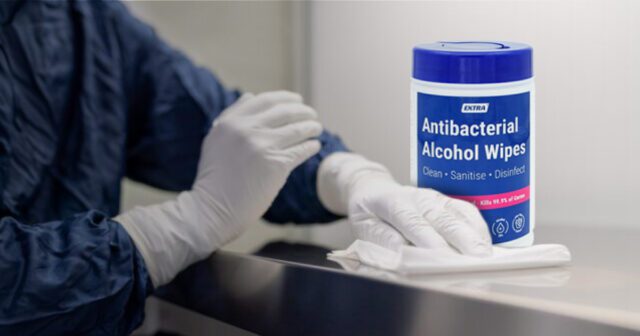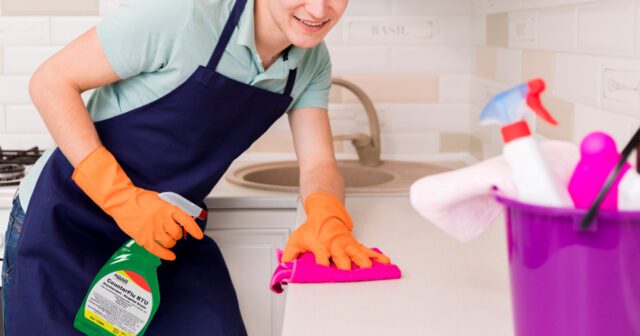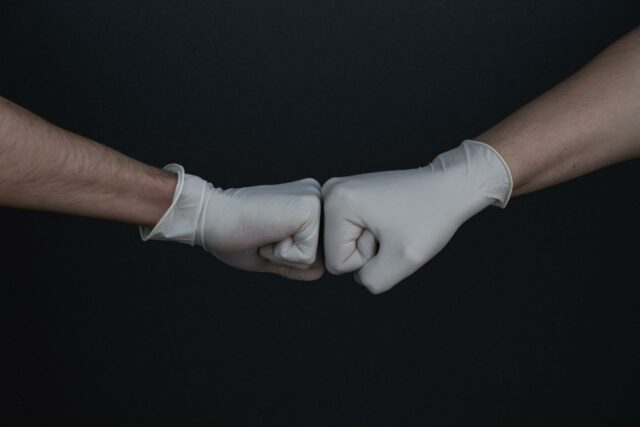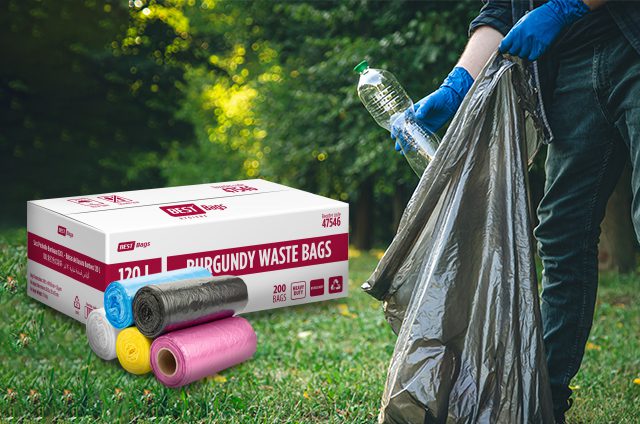Posted on 15/12/2023
How to Clean Hardwood Floors
Hardwood floors add a touch of elegance and warmth to any home, but maintaining their shine and preventing damage requires a bit of know-how. If you’ve ever wondered how to clean hardwood floors effectively, you’re in the right place. This comprehensive guide will walk you through everything from routine cleaning to tackling those stubborn black stains.
Understanding Your Hardwood Floor
Before diving into the cleaning process, it’s essential to understand your type of hardwood floor. If you have prefinished hardwood floors, the cleaning approach might slightly differ from unfinished or engineered hardwood. The finish on your floor – whether oil-based, lacquer, or polyurethane – will also determine the best cleaning methods and products.
Importance of the Regular Cleaning for Hardwood Floors
Regular cleaning is crucial in maintaining the beauty of hardwood floors. But how often should you clean hardwood floors? The answer varies based on foot traffic and the presence of pets or children. As a general rule, a weekly sweep with a soft-bristled broom or a dust mop can keep dirt and grit from scratching the surface. For a deeper clean, use a vacuum with a hardwood floor setting to avoid scratching.
The Right Cleaning Solutions
When it comes to cleaning solutions, it’s tempting to reach for the strongest cleaner available. However, harsh chemicals can damage hardwood floors. Instead, consider DIY cleaning solutions or specialized hardwood floor cleaners that are gentle yet effective. We will speak more about the steps in a while.
How to Clean Hardwood Floors: Regular Cleaning Routine
Time Investment
- Total Time: 15-30 minutes weekly
- Frequency: Weekly cleaning is recommended. Increase frequency in case of high foot traffic, pets, or children.
Materials Needed
- Soft-bristled broom or a dust mop
- Vacuum cleaner with a hardwood setting
- Microfiber cloth or mop
- Approved hardwood floor cleaner
Steps
Here are the steps for cleaning hardwood floors:
- Sweeping or Dust Mopping
Begin by gently sweeping or using a dust mop to collect loose dirt, dust, and pet hair.
Focus on areas with high traffic and under furniture. This step is crucial in preventing surface scratching during wet cleaning.
- Vacuuming
One of the home hygiene essentials is a vacuum cleaner. Vacuum the floor using a setting specifically designed for hardwood. This helps to remove finer particles and debris lodged in crevices. Be careful around the edges and under furniture. Regular vacuuming can significantly reduce the need for deep cleaning by keeping dust and grit at bay.
- Damp Mopping
Use a lightly damped microfiber mop with a cleaner suitable for your hardwood floor type.
To prevent too much moisture from damaging the wood, make sure the mop is completely wrung out. Move the mop along the wood grain, ensuring even and gentle coverage.
This method helps in removing stubborn dirt and maintaining the floor’s shine.
Deep Cleaning: Bringing Back the Luster
Time Investment
- Total Time: 30-45 minutes monthly
- Frequency: Monthly deep cleaning is advisable. For areas with more usage, consider a bi-monthly schedule.
Steps
Let’s check the steps for deep cleaning.
- Identify Your Floor’s Finish
Determine whether your hardwood floor has an oil-based, lacquer, or polyurethane finish. This information often comes from the manufacturer or installer. Oil-based finishes require oil-based cleaners, whereas water-based finishes work well with water-based cleaners.
- Selecting a Suitable Cleaner
Opt for a pH-neutral cleaner designed specifically for hardwood floors. Avoid products containing ammonia, bleach, or abrasive agents, as they can damage the finish. Consider using environmentally friendly cleaners that are less harsh and safer for households, especially those with children or pets.
- Read and Follow the Label Instructions
Carefully read the product label for any specific application instructions or warnings. Certain cleansers can be used straight away, while others might need to be diluted.
- Test in an Inconspicuous Area
Even cleaners designed for hardwood floors can react differently based on the floor’s age, condition, and finish. Apply a small amount of the cleaner to a hidden section of the floor, such as a corner or under furniture. Wait for the recommended time per the cleaner’s instructions, then check for any discoloration, cloudiness, or damage.
- Mop with Care
Dip your mop into the cleaning solution, then wring it out until it’s only slightly damp. Excess moisture can seep into the wood, causing swelling, warping, or staining. Gently mop the floor, going with the grain of the wood. This helps lift dirt more effectively and reduces the risk of streaking. For stubborn grime, apply a little more pressure, but avoid scrubbing harshly.
- Rinsing (If Required)
If the cleaner’s instructions recommend, follow up with a rinse using clean water. Again, ensure the mop is well-wrung. Rinse the mop frequently during cleaning to avoid re-depositing dirt on the floor.
- Dry the Floor
Leaving moisture on hardwood floors can cause damage. It’s essential to dry the floor immediately after mopping. Use a clean, dry microfiber mop or cloth to wipe over the floor.
If possible, turn on ceiling fans or open windows to aid in the drying process. Once dry, inspect the floor for any missed spots or streaks. Go over these areas with a dry cloth if necessary.
Cleaning Hardwood Floors with Vinegar: A Natural Approach
Vinegar is a versatile, natural cleaning solution that can be particularly effective for hardwood floors. Its acidic nature makes it great for cutting through grime and dirt without leaving behind harmful chemicals. Vinegar is eco-friendly, non-toxic, and inexpensive, making it an excellent alternative to commercial cleaners. It’s particularly useful for those who prefer DIY cleaning solutions or have concerns about chemical sensitivities.
Time Investment
- Total Time: 30-60 minutes
- Frequency: Once a month or bi-monthly
Steps
- Mix
Mix a solution of 1/2 cup of white vinegar to 1 gallon of warm water. The dilution is important to ensure the acidity of the vinegar doesn’t harm the floor’s finish. Always test the solution on a small, inconspicuous area of your floor to check for any adverse reactions.
- Sweep or Vacuum
Begin by removing surface dirt, dust, and debris with a broom or vacuum.
- Mop with Vinegar Solution
Dip a mop into the vinegar solution, wringing it out thoroughly to avoid excess moisture.
Mop the floors gently, moving in the direction of the wood grain.
- Rinse, If Necessary:
If your floors are particularly dirty, a rinse with clean water may be needed. Ensure the mop is well-wrung to avoid using too much water.
- Dry the Floor:
After mopping, use a clean, dry towel or microfiber cloth to wipe the floor.
Precautions
- Use White Vinegar: White vinegar is recommended for cleaning, as other types like apple cider vinegar can stain the wood.
- Avoid Excess Water: Hardwood floors are susceptible to water damage, so use the vinegar solution sparingly.
- Regular Use: While occasional use of vinegar is fine, frequent use may dull the finish over time. It’s advisable to alternate with other hardwood floor cleaners.
Removing Black Stains
Time Investment
- Total Time: Varies based on stain severity
Steps
How to remove black stains on hardwood floors?
- Identify the Stain Type
Determine whether the stain is due to water damage, rust, or other substances.
- Choose the Correct Method
For water-based stains, a diluted vinegar solution often works well. For more stubborn stains, opt for a specialized hardwood floor cleaner.
- Apply Gently
Apply the cleaning solution with a soft cloth. Gently rub the stained area, taking care not to damage the surrounding wood.
- Rinse and Dry
Clean the area with a lightly dampened cloth. Dry it immediately to prevent moisture damage. For deep or old stains, seeking professional advice or considering refinishing may be the best option.
Preventive Measures
- Entryway Mats: Place mats at all entry points to minimize the amount of dirt and grit brought in.
- Furniture Pads: Use protective pads under furniture legs to prevent scratches and dents.
- Humidity Control: Keep humidity levels consistent to avoid wood expansion and contraction.
- Immediate Spill Cleanup: Promptly clean spills to prevent water spots and potential damage.
Cleaning and maintaining hardwood floors isn’t complicated, but it does require the right approach. By following these guidelines on how to clean a hardwood floor, you can ensure your floors remain beautiful for years to come. Remember, regular cleaning, prompt spill management, and preventive measures are key to the longevity of your hardwood floors. For more tips on maintaining a clean and healthy home, check out our guide on home hygiene essentials.

